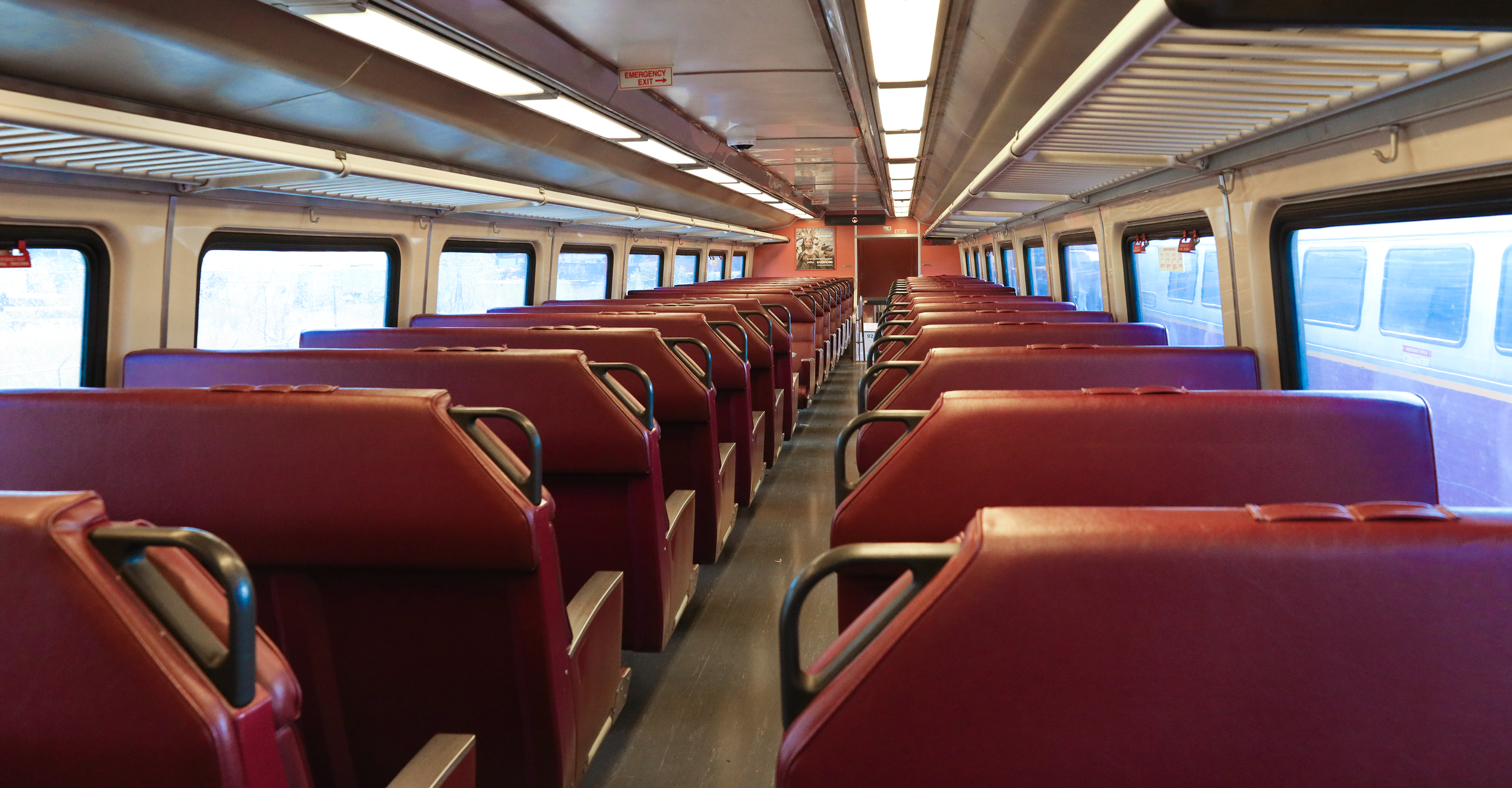FAST Act Section 11411: What We Know
November 17, 2022

It’s been a short while since we carved out some time to discuss upcoming rail regulations. For today, we’re staying in the United States and shifting focus to the Locomotive Image and Audio Recording Devices for Passenger Trains regulation, which specifically narrows in on passenger locomotives and recording devices. While the regulation has yet to have an official ruling, we know it’s right around the corner. This is what we know so far regarding the Locomotive Image and Audio Recording Devices for Passenger Trains regulation, otherwise known as the FAST Act Section 11411.
If your rail agency provides transportation services in the United States, take note. As it currently stands, the Locomotive Image and Audio Recording Devices for Passenger Trains regulation applies to passenger and commuter rail agencies in America, including railroads such as Amtrak, SunRail, Sound Transit, and MBTA. The regulation will require all lead locomotives in your fleet to be equipped with inward and outward-facing image recording devices. These devices must record while the lead locomotive or asset is in motion.
Furthermore, the last 12 hours of data must be stored in the crash hardened memory module, and the locomotive’s onboard event recorder must meet the FRA’s regulation at 49 CHR part 229. And in the event of an incident or accident, railroads must lock down and retain data for one year as the FRA, NTSB, local, state, or Federal law enforcement officials may legally take possession of the recordings for investigative purposes.
The data collected will be used primarily to investigate railroad accidents and prevent similar events from reoccurring in the future. The FRA explains that by having visible in-cab image recording devices, the number of human factor accidents will significantly decrease. For example, employees will refrain from using electronic devices while operating a moving train or performing safety-related duties.
There are many additional use cases for installing both image and audio recording devices into your fleet, including the ability to perform low-cost operational testing and receive real-time alerts, but we’ll continue to touch on that throughout the duration of this podcast series come the January final ruling.
Wi-Tronix has already solved for this, as successfully seen in the Locomotive Voice and Video Recorder regulation of Canada, which took effect in September of 2022. This is the benefit of having configurable technology in a platform. Our system is dynamic and can be disabled based on unique use cases, ranging from automatically turning on and off at an international border crossing – which we currently do for our LVVR-compliant customers – to potentially when the lead locomotive in not moving for the Locomotive Image and Audio Recording Devices for Passenger Trains customers.
When this regulation is implemented to increase safety and enhance the performance of incident investigations, no major data point should not be excluded because it is the easy answer. With Wi-Tronix, balancing railroad employee privacy and recording vital data sets is a base feature of our solution.
Wi-Tronix is the leading software platform for the rail industry and we offer unprecedented visibility into our customers’ fleets. By providing a single platform that solves for hardware, software, connectivity, storage, and security, we’ve already solved for Transport Canada’s version of this regulation, and are ready to solve for this.
